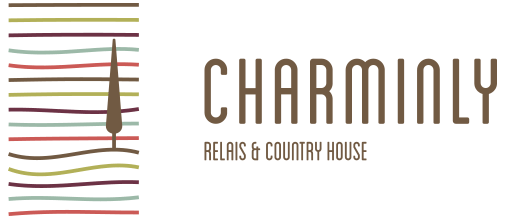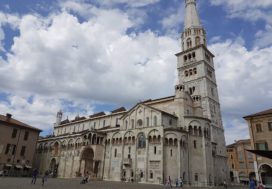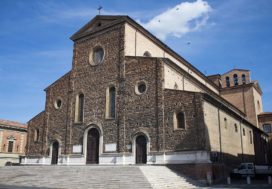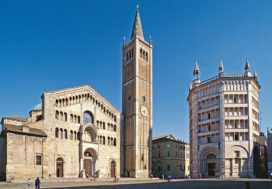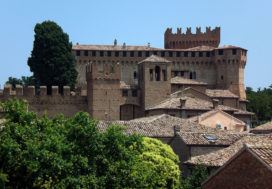Staying at Corte San Ruffillo in Davadola, nestled in the green hills of the Tuscan-Romagna Apennines, you can make a journey through art and culture among the beauties of Emilia-Romagna.
Fortress of Castrocaro Terme
Castrocaro Terme is well known for the Castle which is protected by a fortress, the Fortress of Castrocaro. It consists of three architectural structures, including the Fortress of Castrocaro Terme: the latter includes the entrance doors with drawbridge, the Guardhouse, the Piccola and Grande Corte, the Palazzo del Castellano and the Watchtower.
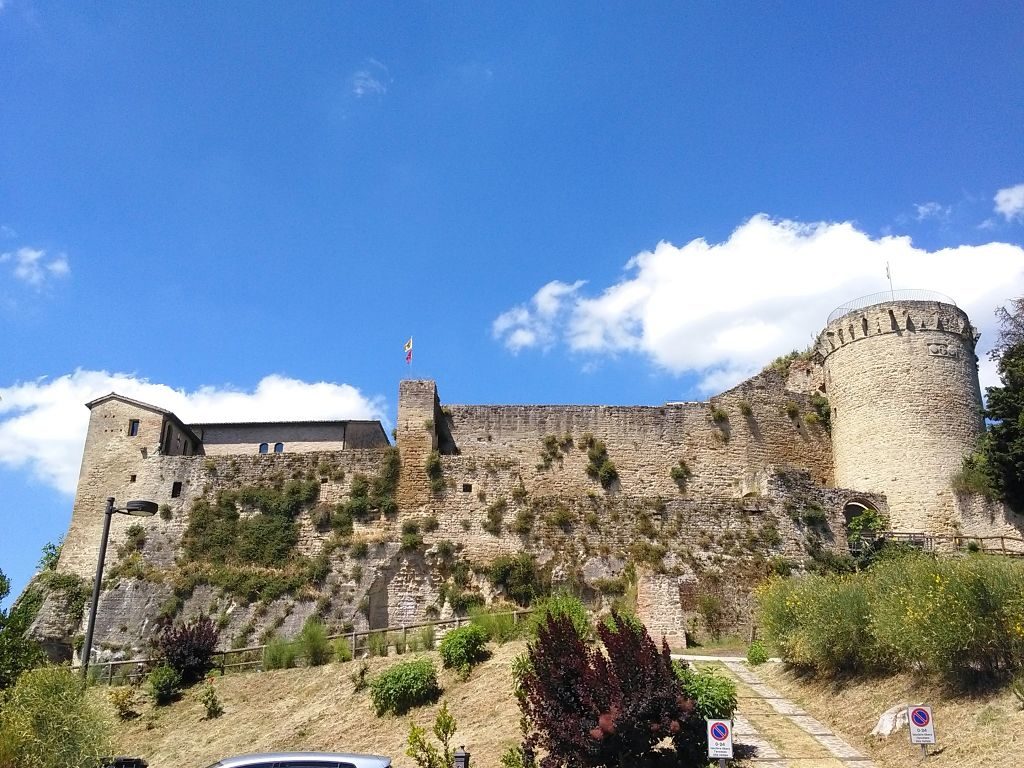
Fortress of Castrocaro Terme
Castrocaro Terme Thermal Centre
If you are in the area, a visit to the thermal centre of Castrocaro Terme, active since 1850, is a must. Here you can enjoy the benefits of thermal waters, naturally matured mud aged nine months. They have always been used for curative purposes: the vascular, gynaecological and respiratory systems benefit from them. The thermal waters and the mud bring benefits to those who suffer from rheumatic and respiratory diseases, in an equal way both for children and adults. There are swimming pools with whirlpools, as well as areas used for children’s entertainment.
Palazzo di Beatrice, Portico di Romagna
The Palazzo di Beatrice in Portico di Romagna is one of the most interesting attractions of the municipality: legend has it that it was here that the great poet Dante met his muse, Beatrice.
It seems that the girl was staying in this very palace, from which the latter takes its name.
Ceramic craftsmen of Portico di Romagna
If you are in Portico di Romagna, you must visit the ceramic workshops and laboratories of the ceramic craftsmen, faithful to the artisan tradition that has always distinguished it. Dishes, trays, trays and jugs with mythological stories, leaves, animals, palms and trophies.
Abbey of San Benedetto in Alpe
The Benedictine Abbey of San Benedetto in Alpe is one of the most ancient in the Tuscan-Romagna Apennines, and is located within the National Park Cosentino Forests. Only recently has it become a UNESCO World Heritage Site. The first group of structures built around the complex of the abbey is called “Biforco”, as they are located near the intersection of three rivers including the Acquacheta from which Dante took inspiration.

Forlì Cathedral
Forlì Cathedral
In Forlì, the majestic Cathedral is worth a visit, with its neoclassical brick façade, a monumental tympanum supported by six brick columns. On the inside you can admire the Cappella della Madonna del Fuoco, with the fresco of the Madonna col Bambino. Internally, the Cathedral is adorned with marble and frescoes, which make it attractive to the eyes of visitors.


